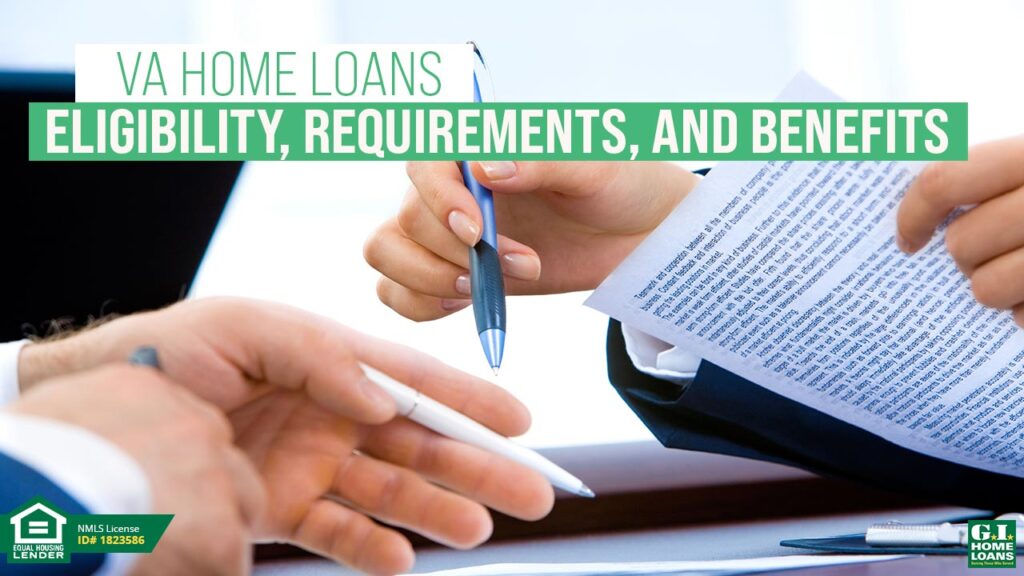VA Loans vs. Conventional Loans: What’s the better option for Veterans
VA Loans vs. Conventional loans is a common dilemma that many veteran first-time homebuyers face.
The first thing to remember is that VA Home Loans are backed by the government. For this reason, it is the most beneficial and low-cost mortgage program in the market. Veterans obtaining VA Home loans don’t need to pay the down payment and can save some out-of-pocket costs.
Conversely, there are times when a conventional loan can be a better option than obtaining a VA loan. Here we have explained the difference between the VA loan and conventional loan and the benefits of VA loans. We have also disclosed the situations when Conventional loans may be better than VA loans.

PMI Monthly Rates:
PMI monthly rates will be determined depending on various factors like the price of the home and credit scores. In that case, your PMI rate can vary from $150 to $200 per month.
PMI is a mandatory requirement because it gives the lender protection from loan defaulters. It must be remembered that the PMI rates fall after you reach 80% loan-to-value.
On the other hand, VA loans do not require PMI, as it is backed by the government. As a result, veterans can save thousands of dollars over the life of the loan.
Down Payment Rates
Most Veterans don’t need to pay the down payment for VA loans. It’s free for qualifying veterans. However, conventional loan borrowers will need to make a down payment of 3 to 5% to secure their financing.
Veterans don’t need to pay the PMI (private mortgage insurance) whereas conventional borrowers will need to pay PMI. To explain this further, a borrower can avoid paying PMI if they pay 20% of the down payment on a conventional loan.
Credit Standards
Most lenders will like to see 640 or a better mortgage credit score of 640. However, the Department of Veterans Affairs hasn’t set any credit score limit on the VA Home Loans.
Back in 2019, the credit score on conventional loan was 753 compared to VA loan which was 709. Therefore, it gave the VA loan borrowers more flexibility than a conventional loan.
VA loan vs. Conventional Interest Rates
The lowest loan rates in the market are VA loan rates. A conventional loan rate is 4.5% whereas a VA loan rate is 4.27% on average.
This happens because VA loans are backed by the Department of Veterans Affairs. As a result, the lenders are confident to extend more favorable rates to Veterans borrowers even if they lack the perfect credit.
Residence Type Requirements
Another key difference between VA and conventional loan is the intent of the purchase. Conventional loans can be obtained for all types of properties: primary residences, vacation homes, and rental property, etc.
However, veterans can only obtain a VA loan if they are buying a primary residence. This means that a veteran must have the intention to live in the property he is buying with a VA loan.
Loan Fee or Funding Fee
A conventional loan doesn’t have a funding fee. However, the VA loan program will require a funding fee. To explain it further, the loan fee may vary from 1.4 to 3.6%. However, this loan fee is often merged into the entire loan amount and the veterans attain the no down payment facility.
Benefits of VA Loans vs. Conventional Loans
- As shown above, the main benefits of the VA loans are:
- $0 down payment
- NO PMI
- Favorable credit requirement
- Very competitive rates
You should go for a VA loan if you:
- Qualify for the eligible veterans and service members
- Bad credit scores
- Inability to make 20% down payment
If you can make a big down payment and have a high credit score on a conventional loan then you shouldn’t go for the VA Loan.

When Can I get a conventional loan?
Purchasing a conventional loan can be a smart move for you if you can pay a 20% down payment on a conventional loan. It is recommended to pay a big down payment so that you can avoid the PMI fee. On the positive side, you won’t have to pay a funding fee like on a VA loan.
You must satisfy the residency requirement to purchase a VA loan. If you are buying a home now and plan to move in the future, you will not get a VA loan. This is because the VA loan occupancy clause says that you must move in 60 days before your loan closing date. However, with a conventional loan, you can avoid this problem altogether.
VA Loans vs. Conventional Loans– the Last Keynote:
Your financial condition and the ability to satisfy the requirements of the individual loan program will determine if you should purchase a VA loan or a conventional loan.
Home is a large purchase and shouldn’t be taken lightly. In either loan case scenario, you should consult an expert to analyze your situation to make the right choice.